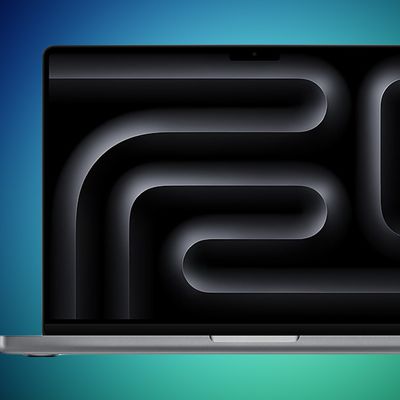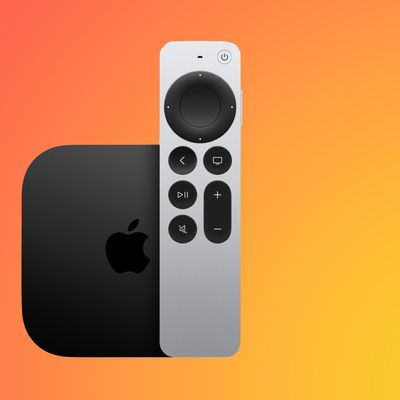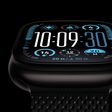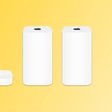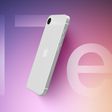'iPhone 5' to Support 21 Mbps HSPA+ '4G' Technology
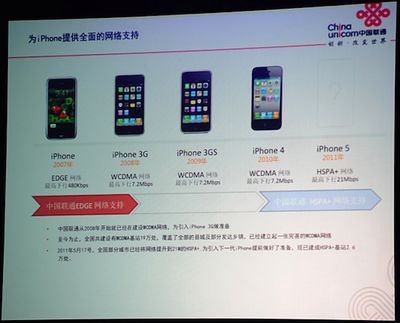
Japanese blog Mac Otakara reports (via MacPost) that a China Unicom executive apparently confirmed during a presentation at this week's Macworld Asia that the "iPhone 5" set to be announced next week will indeed support HSPA+ sometimes-called "4G" technology, offering a maximum theoretical data speed of 21 Mbps (up from 7.2Mbps). A slide showing the information was photographed by Japanese site PC Watch.
Japanese IT news site "PC Watch" tells that, Research vice president of China Unicom, Huan Wenliang, told iPhone 5 will support W-CDMA based high-speed data transfer standard HSPA Evolution "HSPA+" (21Mbps) at keynote speech in Macworld Asia 2011.
Many had been hoping that the next iPhone would support the even faster LTE 4G standard that has begun rolling out on a number of carriers, but rumors have consistently suggested that Apple will hold back on supporting the technology until appropriate chips of acceptable size and power consumption are available to meet Apple's needs. Apple has historically been conservative in adopting the latest cellular network technologies, having elected to release the original iPhone as an EDGE-only device even as many carriers were already rolling out 3G technology.
Claims of the iPhone 5 supporting HSPA+ surfaced earlier this year, with many noting that the move would result in a significant network speed difference between AT&T and Verizon/Sprint customers in the United States. AT&T has rolled out the intermediary HSPA+ technology as a bridge to LTE, and has been calling HSPA+ "4G" in its marketing -- though many believe "3.5G" is a more accurate description. So, existing AT&T iPhone 4 owners upgrading should be able to see a speed boost if they live in a supported area. In comparison, Verizon's data speeds max out a theoretical maximum of 3.1 Mbps. Meanwhile, true 4G (LTE) support for both Verizon and AT&T is not expected until the 2012 iPhone model at the earliest.
Qualcomm's world-mode MDM6600 chip found in the Verizon/CDMA iPhone 4 already supports 14.4 Mbps HSPA+, but the device itself is limited to CDMA networks.
China Unicom is Apple's current carrier partner for the iPhone in China, although China Mobile and China Telecom are also working hard to secure the ability to offer the device.
Popular Stories
Apple will launch its new iPhone 17 series in two months, and the iPhone 17 Pro models are expected to get a new design for the rear casing and the camera area. But more significant changes to the lineup are not expected until next year, when the iPhone 18 models arrive.
If you're thinking of trading in your iPhone for this year's latest, consider the following features rumored to be coming...
In select U.S. states, residents can add their driver's license or state ID to the Wallet app on the iPhone and Apple Watch, providing a convenient and contactless way to display proof of identity or age at select airports and businesses, and in select apps.
Unfortunately, this feature continues to roll out very slowly since it was announced in 2021, with only nine U.S. states, Puerto Rico,...
Apple does not plan to refresh any Macs with updated M5 chips in 2025, according to Bloomberg's Mark Gurman. Updated MacBook Air and MacBook Pro models are now planned for the first half of 2026.
Gurman previously said that Apple would debut the M5 MacBook Pro models in late 2025, but his newest report suggests that Apple is "considering" pushing them back to 2026. Apple is now said to be...
Three out of four iPhone 17 models will feature more RAM than the equivalent iPhone 16 models, according to a new leak that aligns with previous rumors.
The all-new iPhone 17 Air, the iPhone 17 Pro, and the iPhone 17 Pro Max will each be equipped with 12GB of RAM, according to Fixed Focus Digital, an account with more than two million followers on Chinese social media platform Weibo. The...
Since the iPhone X in 2017, all of Apple's highest-end iPhone models have featured either stainless steel or titanium frames, but it has now been rumored that this design decision will be coming to an end with the iPhone 17 Pro models later this year.
In a post on Chinese social media platform Weibo today, the account Instant Digital said that the iPhone 17 Pro models will have an aluminum...
Production of foldable OLED displays for Apple's first foldable iPhone have begun ahead of its expected launch next year, Korea's ETNews reports.
The first foldable iPhone's displays are being produced by Samsung Display, who are establishing a production line dedicated to the upcoming Apple device its A3 factory in Asan, Chungcheongnam-do. The production line will make displays exclusively...
A new Apple TV is expected to be released later this year, and a handful of new features and changes have been rumored for the device.
Below, we recap what to expect from the next Apple TV, according to rumors.
Rumors
Faster Wi-Fi Support
The next Apple TV will be equipped with Apple's own combined Wi-Fi and Bluetooth chip, according to Bloomberg's Mark Gurman. He said the chip supports ...
iPhone 17 Pro and iPhone 17 Pro Max models with displays made by BOE will be sold exclusively in China, according to a new report.
Last week, it emerged that Chinese display manufacturer BOE was aggressively ramping up its OLED production capacity for future iPhone models as part of a plan to recapture a major role in Apple's supply chain.
Now, tech news aggregator Jukan Choi reports...





